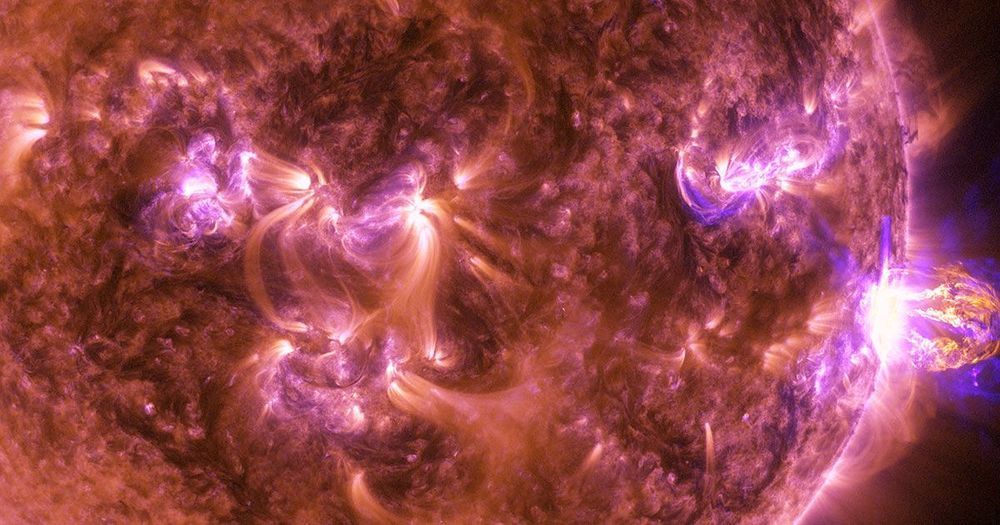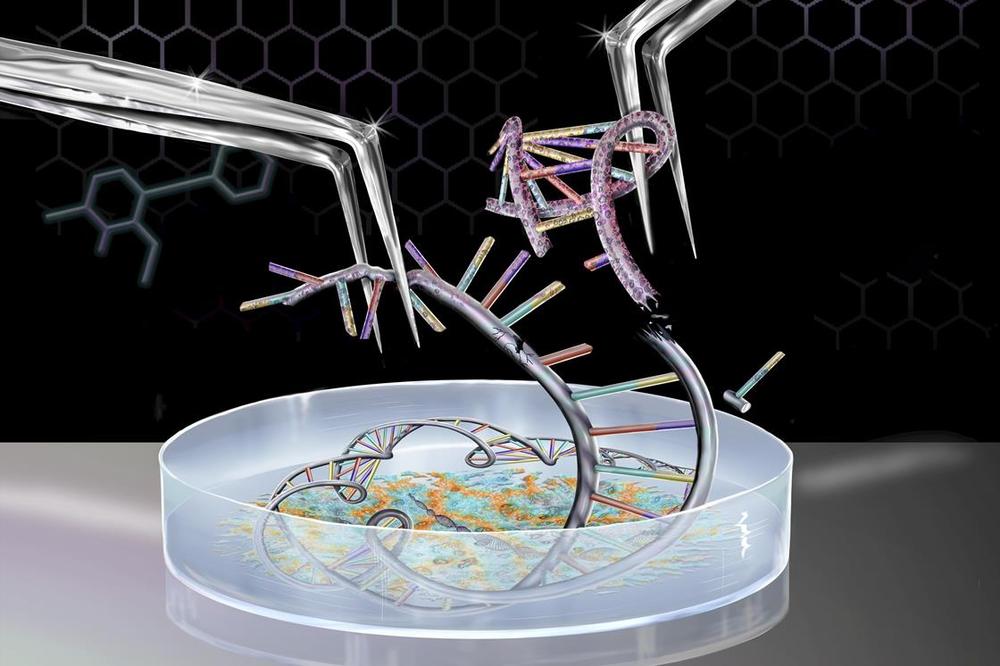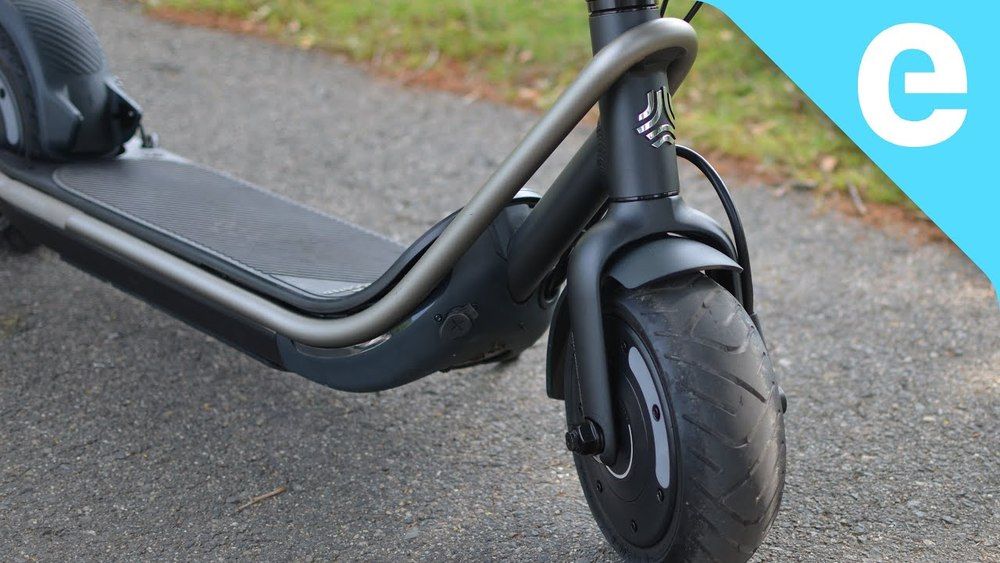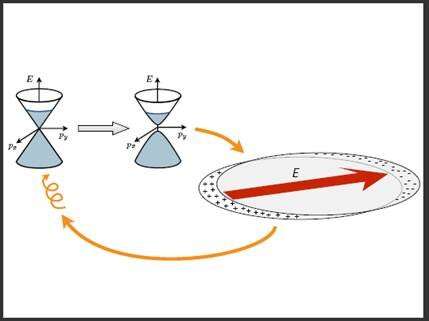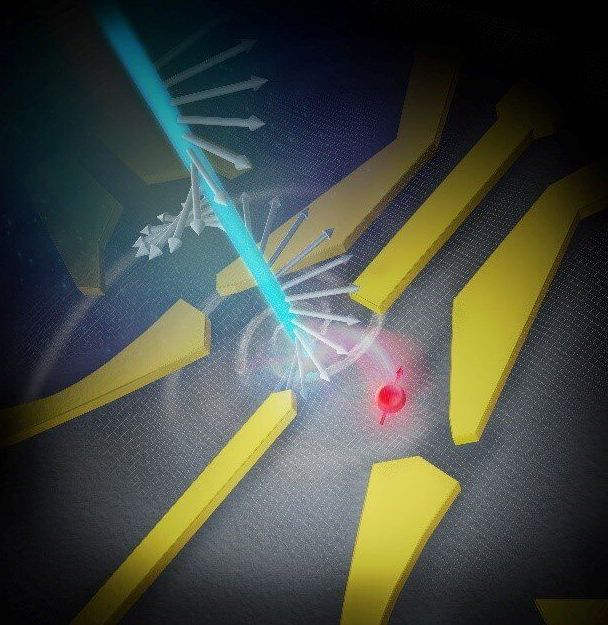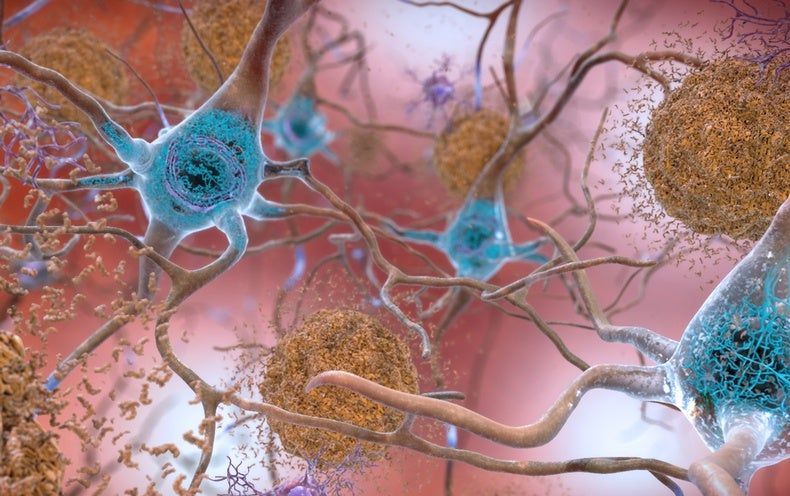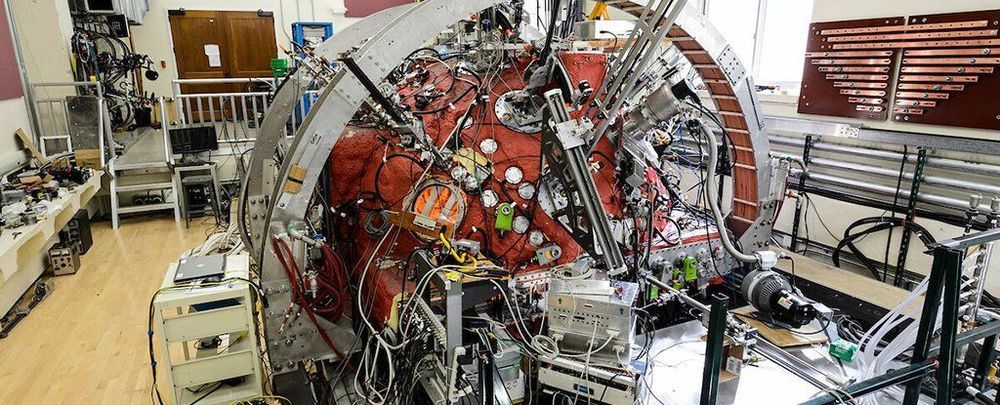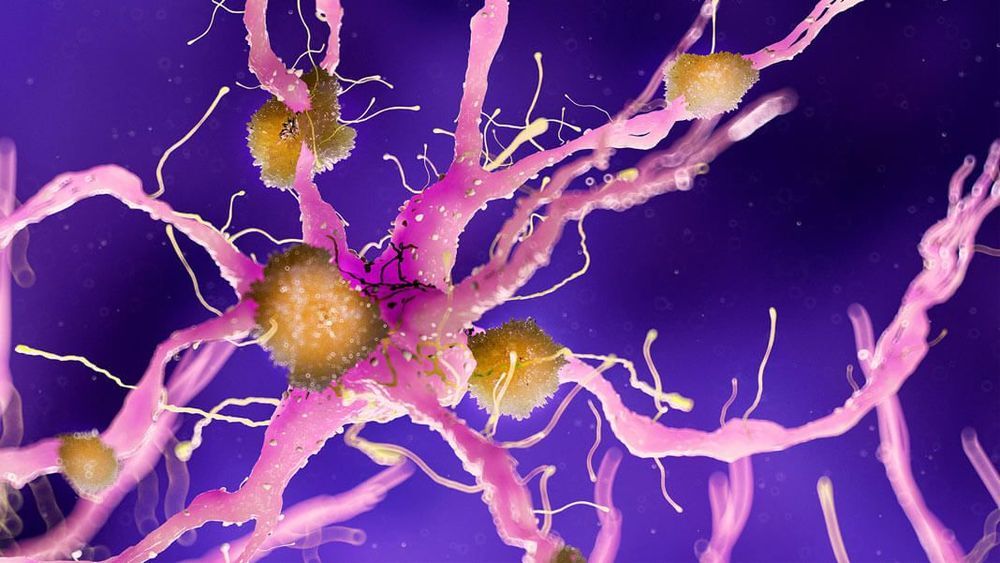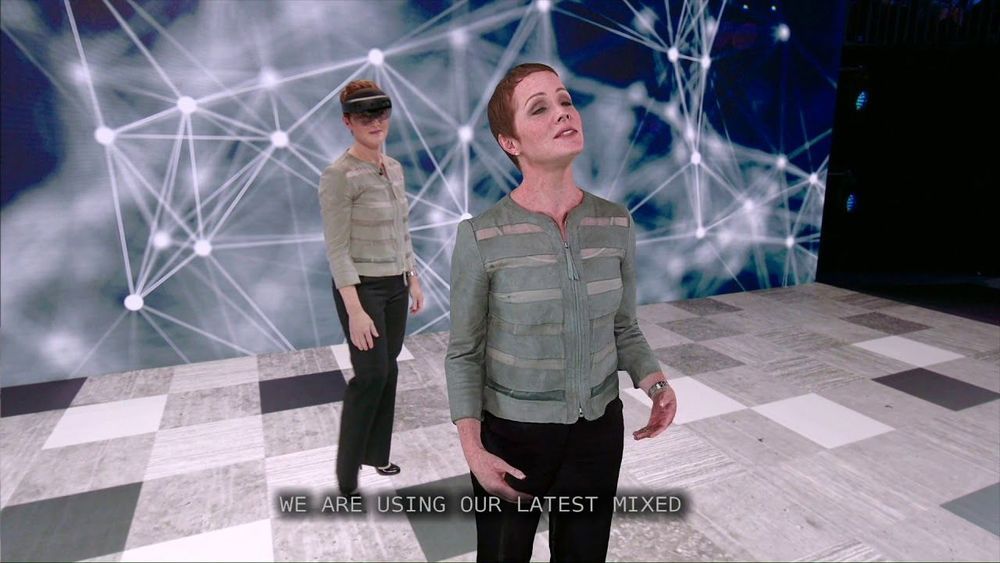
In October 2017, European officials reported that a cloud of the radioactive isotope ruthenium-106 had mysteriously wafted over the continent. Its likely source was in the southern Ural Mountains, near Mayak, the Russian nuclear facility involved in a deadly nuclear disaster in 1957. Strangely, Russia at first denied — but then acknowledged — there had been a surge of radiation. However, it rejected the idea that the surge was the source of the cloud. Now, scientists report in a new PNAS paper that they’ve narrowed down where it actually came from.
There were a number of hypotheses to explain the source of the cloud, which spread over most of Europe and even reached Florida, Guadeloupe, Kuwait, and Mongolia in tiny amounts. Fortunately, it was deemed non-hazardous.
Russian officials denied that Mayak, one of the country’s largest nuclear facilities, was the source of the ruthenium. In November 2017, Rosatom, the state company that runs Russia’s nuclear industry, pointed to high radiation in Italy, Romania, and Ukraine, suggesting they might have been the source. And in December of that year, Russian officials, reasserting that Mayak was not the source of the cloud, suggested the cloud might have come from a satellite that had burned up in the atmosphere. Other hypotheses arose, but scientists have lacked the evidence to support or reject them until now.
